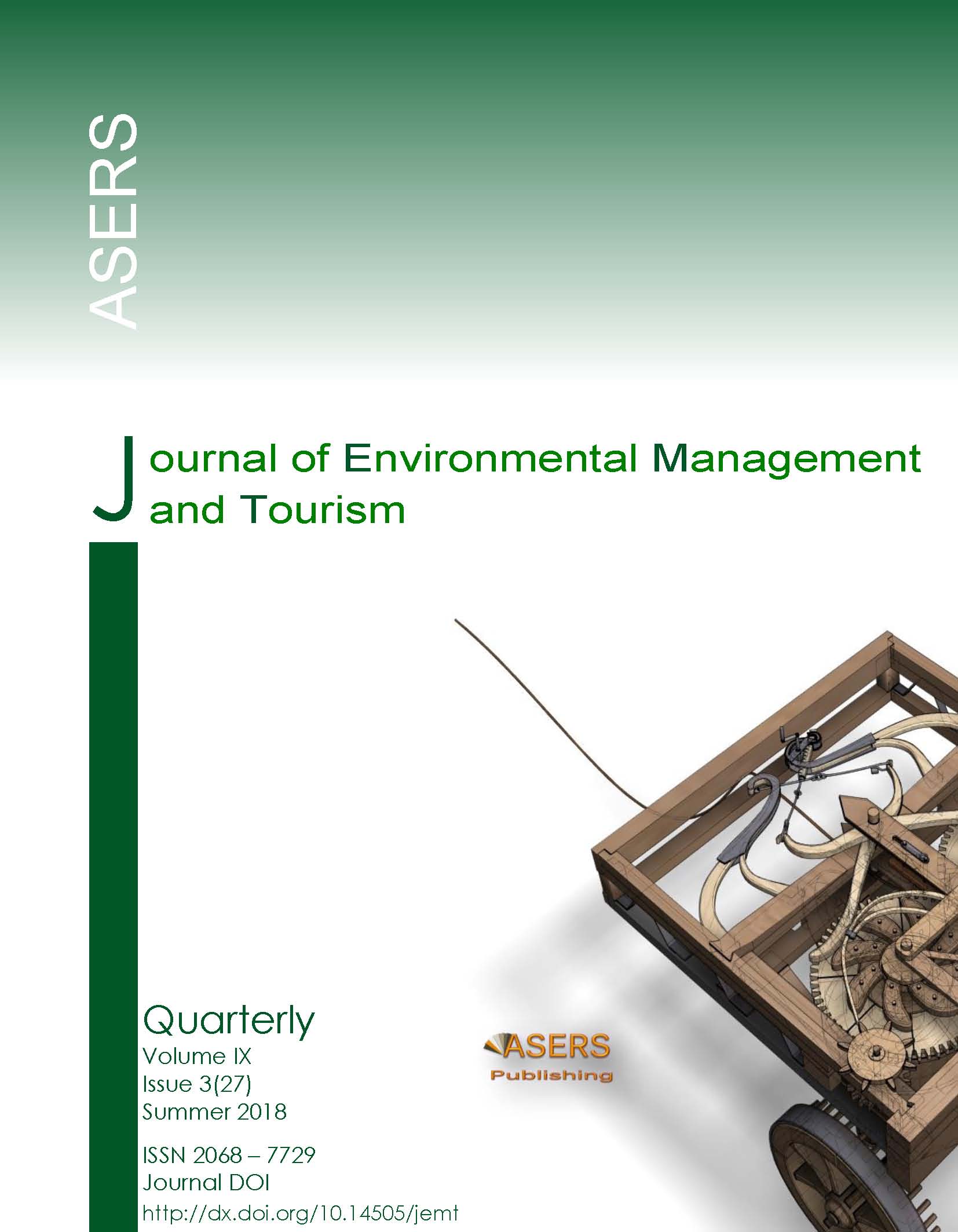Research Review of the Territory of the National Park “Gobi Gurvansaikhan”
Research Review of the Territory of the National Park “Gobi Gurvansaikhan”
Author(s): Zayakhuu Batbaatar, Meirzhan YESSENOVSubject(s): Economy, Tourism
Published by: ASERS Publishing
Keywords: Gobi Gurvansaikhan; National park; GTZ; Protected Areas; Gobi
Summary/Abstract: The article is devoted to the results of the analytical review of the studies conducted in the Gobi Gurvansaikhan (Mongolia) national park from the time of its foundation till the present time. The main goal of the analysis was to take into account and evaluate previous experience in planning and organizing tourism activities at a specially protected natural area under study. At the same time, a bibliometric analysis of the data was conducted, which made it possible to clarify and systematize the thematic analysis of the previously performed work. The results are of interest to researchers involved in the sustainable development of Protected Areas, including their recreational development, long-term planning, and investment. Positive practices are considered to make it possible to ensure the preservation of the area under study taking into account the principles of sustainable development (including in the sphere of tourism and recreation). Special attention should be focused on the results of large-scale case studies carried out in the Gobi Gurvansaikhan National Park in 2000-2007. Based on the results of the bibliometric analysis, more than 131 publications were selected and analyzed, a well as presentations, scientific and information articles of both Mongolian and foreign scientists. As a result, it was possible to identify a vector of research in recent years that is associated with an increase in the number of publications on recreational and tourist issues. It is due to the increase in tourist flows and the need to create a scientific basis for managing these flows in order to provide the sustainability of the protected area development. Conclusions and generalizations that characterize the results of the analysis will be useful both for researchers dealing with the sustainable development of the territories and for administrative and planning bodies, economic entities.
Journal: Journal of Environmental Management and Tourism (JEMT)
- Issue Year: IX/2018
- Issue No: 03 (27)
- Page Range: 395-410
- Page Count: 6
- Language: English
- Content File-PDF

